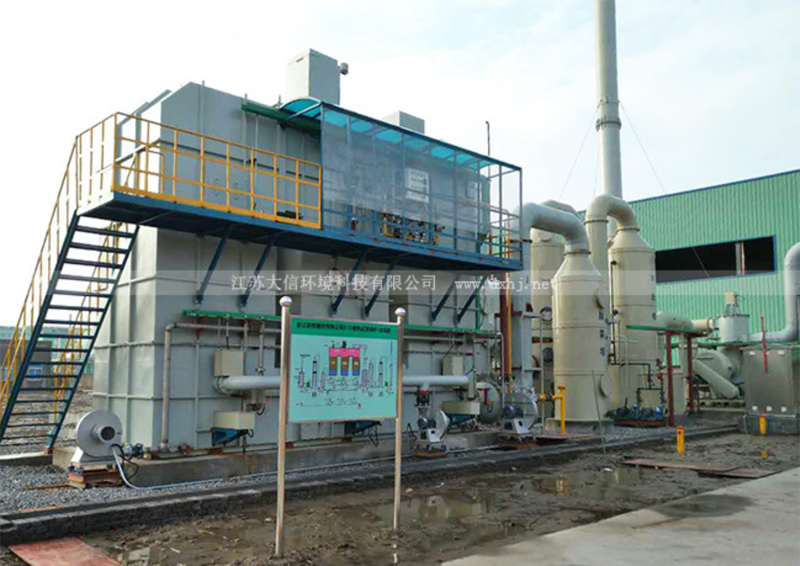A method for treating incineration ash from municipal solid waste.
Release time:
2021-09-01
With the increasing cost of urban land, landfill methods are becoming increasingly restricted, and more and more urban household waste is being incinerated. Incineration of waste generates a large amount of incineration ash. Currently, a significant amount of incineration ash is used as construction material, which contains a high concentration of heavy metals. The dissolution of heavy metals is also one of the reasons limiting the efficient utilization of incineration ash.
With the increasing cost of urban land, landfill methods are becoming increasingly restricted, and more and more urban household waste is being incinerated. Incineration of waste generates a large amount of household waste ash.Incineration furnaceCurrently, a large amount of household waste incineration ash is used as building materials, which contain high concentrations of heavy metals. The dissolution of heavy metals is also one of the reasons limiting the efficient utilization of household waste incineration ash.

In this regard, developing a new pretreatment technology for household waste incineration ash is of great significance, as it can reduce its pore structure during the process of using ash as building materials, limit the formation of new pore structures, and reduce the dissolution of heavy metals.Incineration furnaceWe provide a treatment method for household waste incineration ash that can improve the engineering performance of the ash and reduce the dissolution of heavy metals. The treatment method mainly includes the following steps: taking fresh, rapidly cooled household waste incineration ash, placing it in a sealed container with a ventilation device, and performing weathering treatment with forced ventilation; soaking the weathered household waste incineration ash in a mixed solution of nano-silica and nano-calcium carbonate; draining and drying the soaked ash, then cooling it to room temperature. During the forced ventilation process, air continuously oxidizes the organic matter in the ash in a humid and hot environment, reducing the organic matter content to below 1.5%, which decreases the formation of new voids during the use of the ash and improves its stability. During ventilation, insulation measures should be taken to maintain the temperature at 25-35 degrees Celsius using the heat generated from the reaction. If the temperature is too low, the weathering reaction rate will decrease. At the same time, the encapsulation of nano-silica and nano-calcium carbonate further reduces the dissolution of free heavy metals in the ash. The concentration, composition, and soaking time of the mixed solution of nano-silica and nano-calcium carbonate also have a significant impact on the modification of the ash. Further increasing the concentration of the mixed solution does not significantly improve the pore filling of the ash. The household waste incineration ash is added to the mixed solution and stirred at a speed of 50-100 rpm for 1 hour, followed by soaking for 30 hours. The drying and cooling process further enhances the stability of nano-silica and nano-calcium carbonate in the ash.
Using our treatment method for household waste incineration ash can improve the compressive strength of the ash, greatly broadening its utilization pathways.Incineration furnaceThe weathering treatment accelerates the degradation of residual organic matter in the ash, and the new voids formed are filled with nano-silica and nano-calcium carbonate, thereby improving the stability of the ash during use. During the weathering treatment, the free metals in the ash react with carbon dioxide to form carbonates, which can also reduce the dissolution of metals. The surface of the ash is coated with nano-silica and nano-calcium carbonate, further reducing the solubility of metals in the ash. The soaking and cooling process facilitates the integration of nano-silica and nano-calcium carbonate with the inherent components of the household waste incineration ash, ensuring the stability of the mechanical properties of the modified ash and reducing the dissolution of metals in the ash.
Related News






